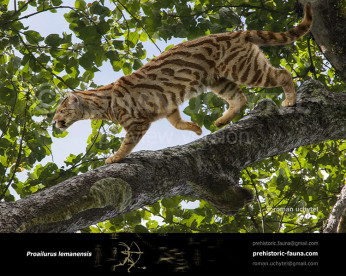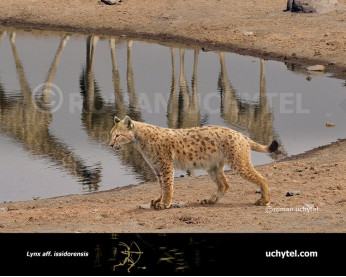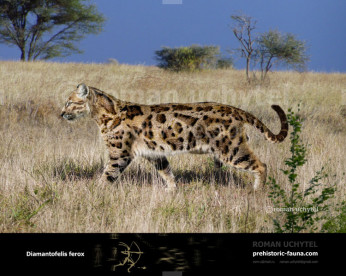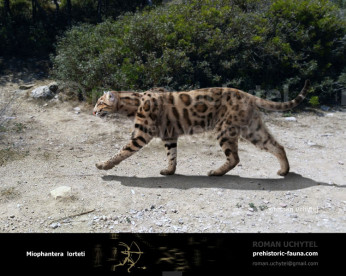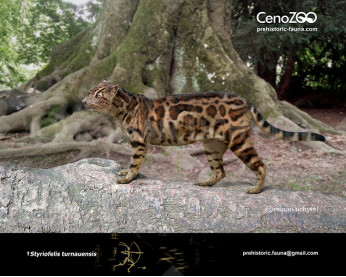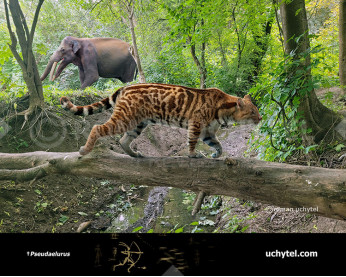Magerifelis
2029820298Magerifelis (†Magerifelis (Salesa et al., 2024))
Order: Carnivore
Superfamily: Feloidea
Family: Felidae
Time period: lived in Europe (Spain and France), approximately 25 million years ago in the middle Miocene
Size: males are around ~10 kg of weight.
Magerifelis is an extinct feline with generic name a combination of "Magerit", the original name for Madrid, and the Latin word felis meaning "cat". It was described in 2024 based on seven fossils from the middle Miocene of Spain and France. In 2024, it was described by a group of researchers at the Museo Nacional de Ciencias Naturales as a new genus and species, Magerifelis peignei. All the known fossils of Magerifelis are hemimandibles, with or without various teeth intact. Like similarly-sized modern cats, Magerifelis likely preyed on rodents, birds, lagomorphs, and small mustelids, it may also have preyed on small ungulates such as Cainotherium, Micromeryx, Lagomeryx, and Dorcatherium. Though the researchers also stated that the robustness of the jaws indicate that M. peignei also preyed on larger animals than other similarly-sized felids would.
Magerifelis (†Magerifelis (Salesa et al., 2024))
Order: Carnivore
Superfamily: Feloidea
Family: Felidae
Time period: lived in Europe (Spain and France), approximately 25 million years ago in the middle Miocene
Size: males are around ~10 kg of weight.
Magerifelis is an extinct feline with generic name a combination of "Magerit", the original name for Madrid, and the Latin word felis meaning "cat". It was described in 2024 based on seven fossils from the middle Miocene of Spain and France. In 2024, it was described by a group of researchers at the Museo Nacional de Ciencias Naturales as a new genus and species, Magerifelis peignei. All the known fossils of Magerifelis are hemimandibles, with or without various teeth intact. Like similarly-sized modern cats, Magerifelis likely preyed on rodents, birds, lagomorphs, and small mustelids, it may also have preyed on small ungulates such as Cainotherium, Micromeryx, Lagomeryx, and Dorcatherium. Though the researchers also stated that the robustness of the jaws indicate that M. peignei also preyed on larger animals than other similarly-sized felids would.

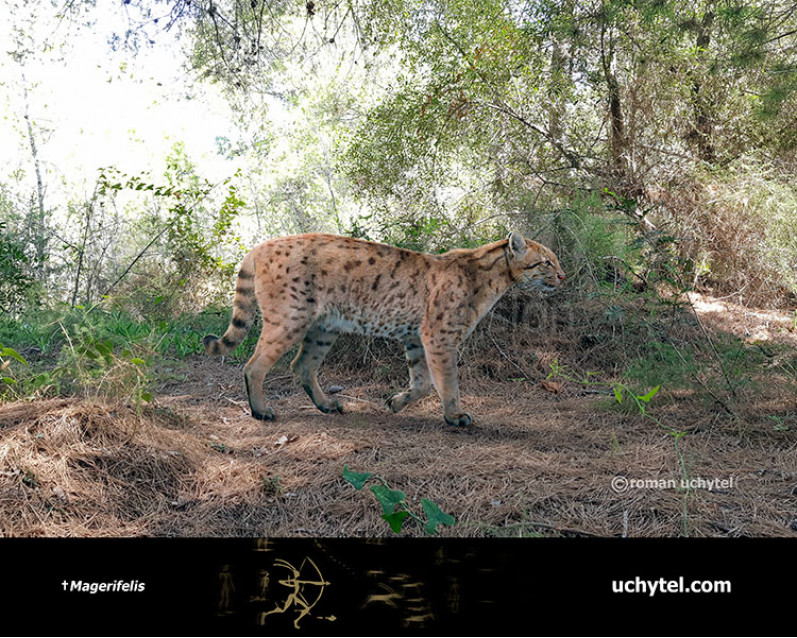
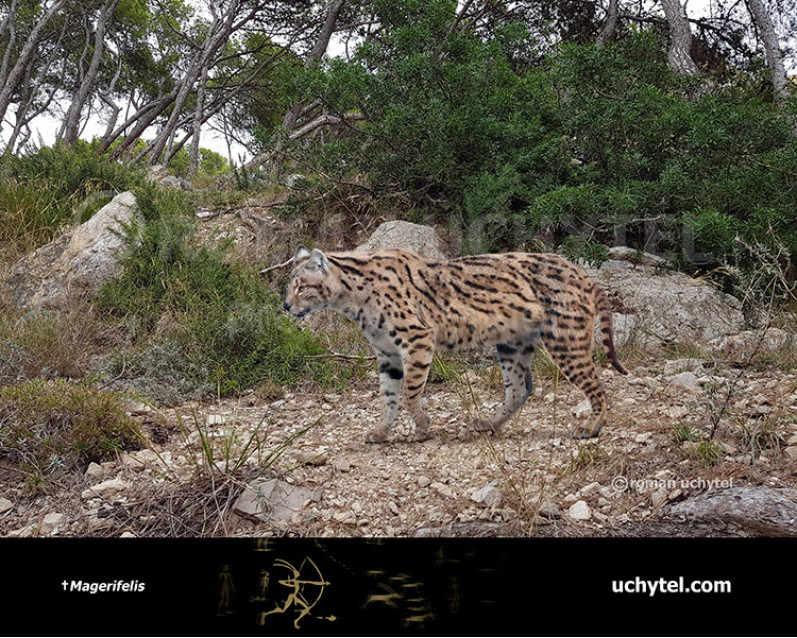
-1-797x638.jpg)
-2-797x638.jpg)


-1-70x56.jpg)
-2-70x56.jpg)
